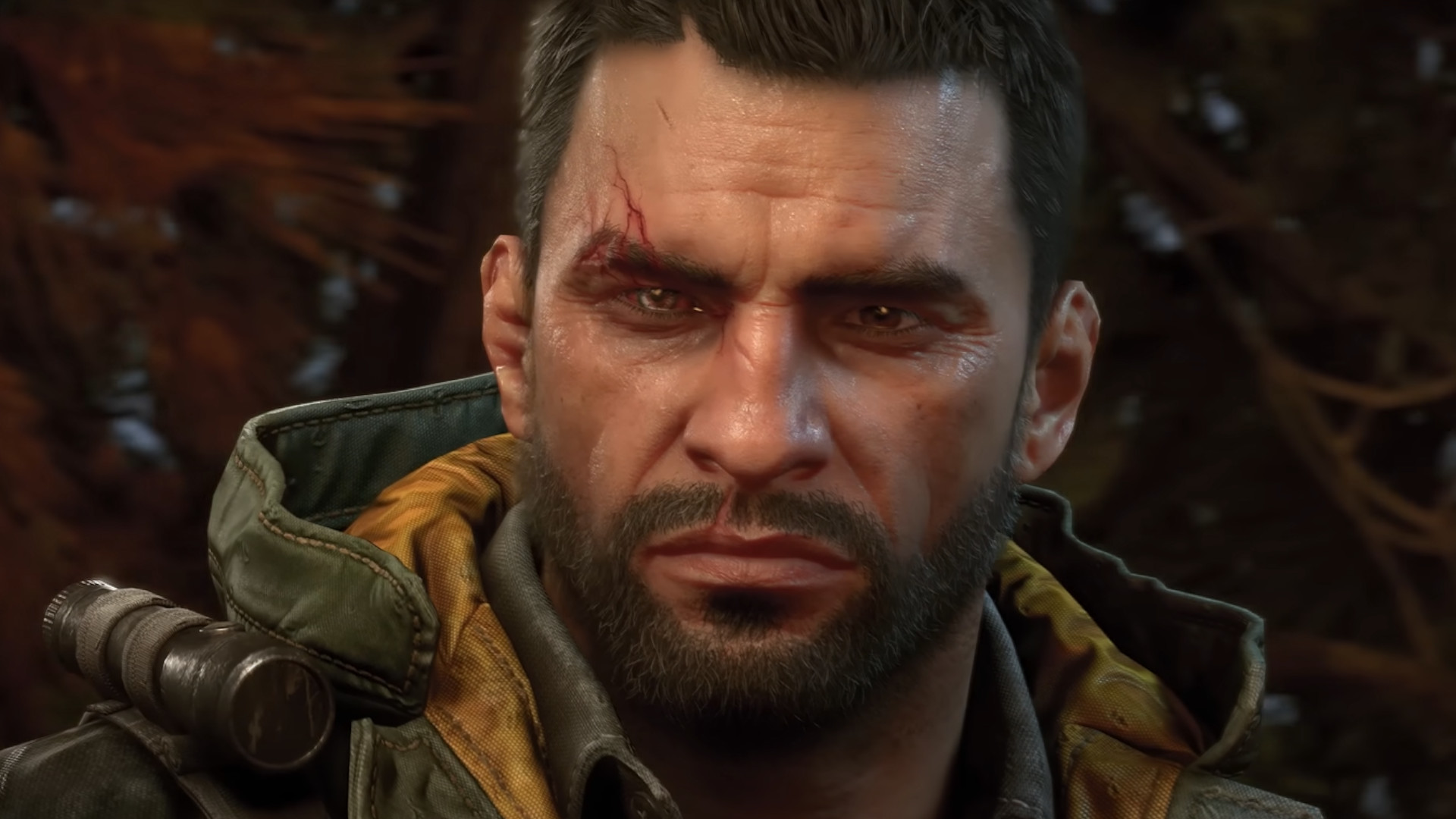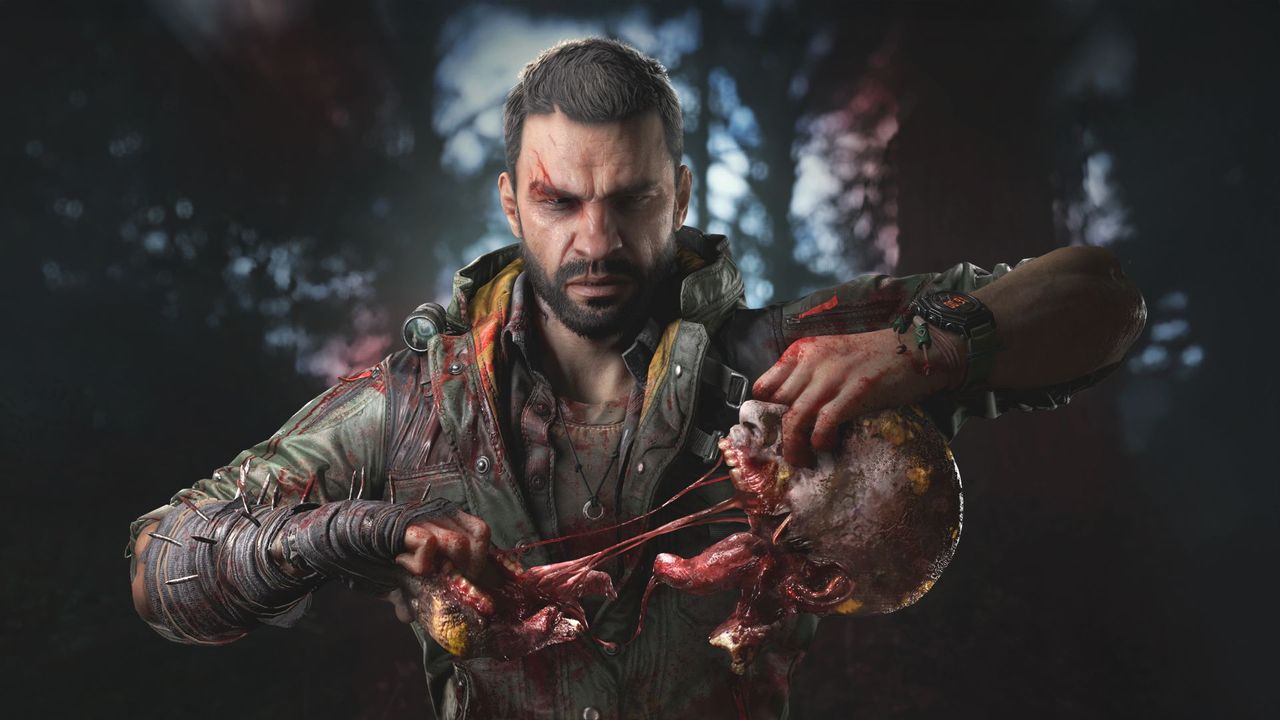
After playing four hours of Dying Light: The Beast, one of the most impressive things about it is the deceptive scale. Techland's new game, billed as a tighter, narrative-driven game that bridges survival horror and action-adventure, is as focused as it is ambitious. Every slasher flick musical sting when a volatile looks in my direction, every freak rainstorm soaking the zombie-ridden valley of Castor Woods, every weighty thud of a blunt weapon taking a chunk out of an enemy – it's all a reminder that sometimes to go small, you have to think big.
"For us, this is Dying Light 3," franchise director Tymon Smektała tells me when we catch up after my Dying Light: The Beast hands-on preview session. "This is the next Dying Light. We feel that it doesn't miss anything for it to be considered the fully fledged third part of the series."
The Beast is back
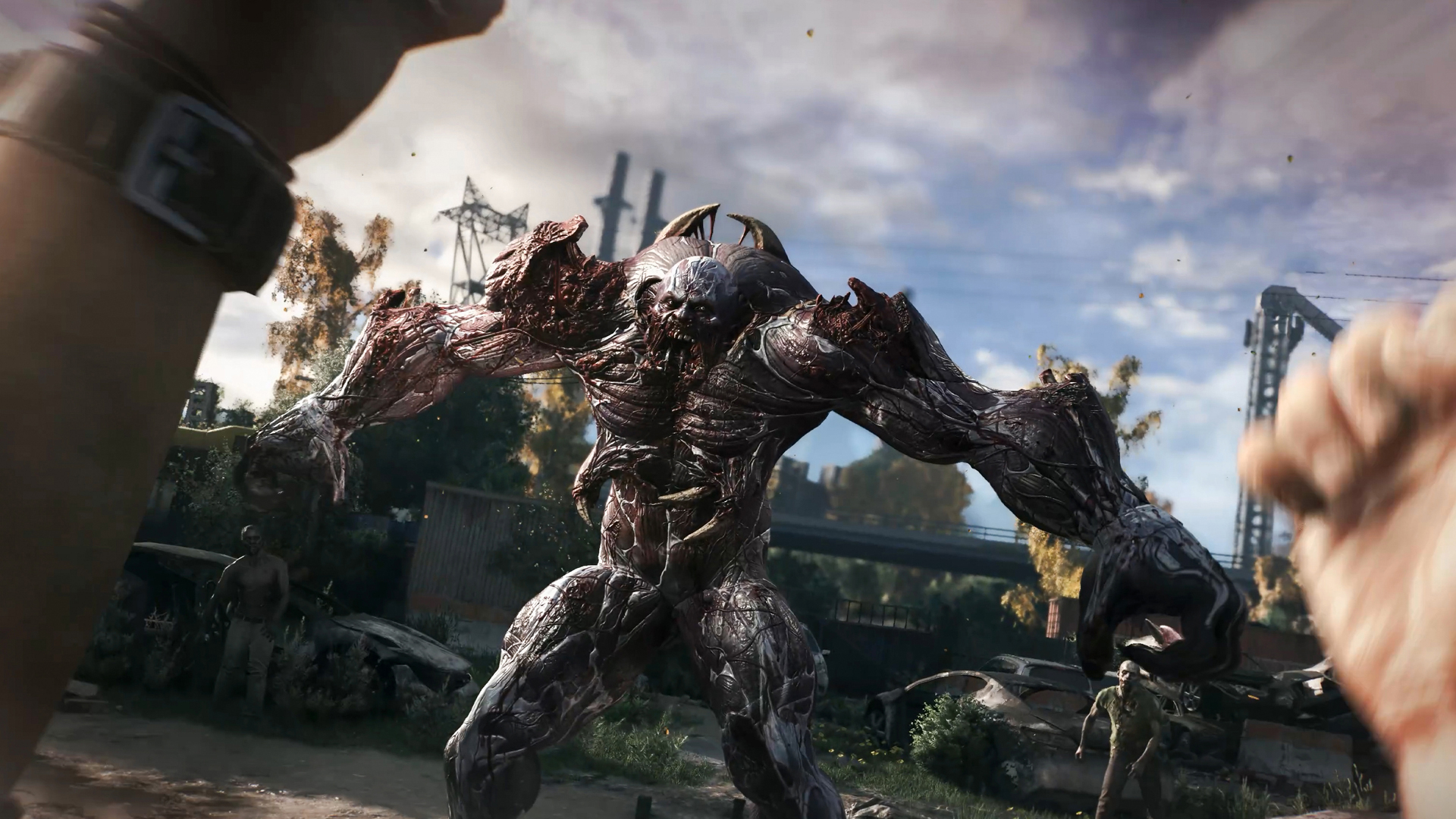
That confidence speaks to Techland's intentions with The Beast; not to completely go back to the series' basics, but to keep adding "tools to the toolbox" with each new game. But before we even talk about Beast Mode, I have to address the most familiar and shiniest tool of them all: The Beast himself, Kyle Crane.
Dying Light's original hero is one of the key selling points for Techland's new game, and his importance is driven home via a stunning series' first. "We have about three hours of cutscenes in Dying Light: The Beast, and yes, we made a decision to make them third person. Why? Because this is such a hero-centric game," Smektała says of Techland's pivot from first-person cinematics.
"We were hesitant at first, because when we started working on [the first] Dying Light, one of the core pillars of the experience we'd defined was immersion. And so it was very important for us to never take the player out of the shoes of the character – that's why all of our cutscenes were first person."
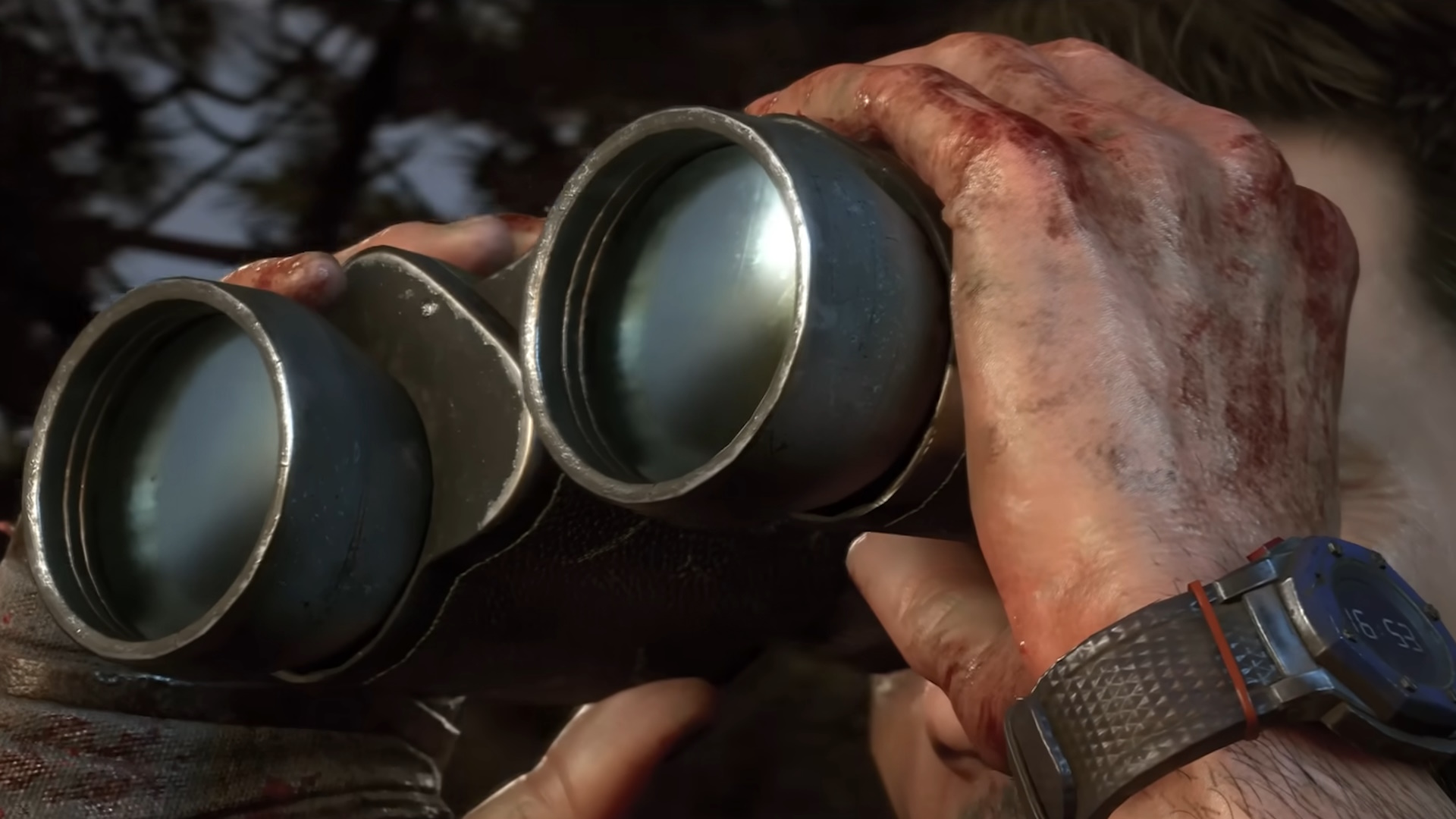
Sometimes it's just very cool to do have this cathartic moment of like, 'I will f*ck you up like you were f*cking me up for so long!'
Tymon Smektała
Smektała acknowledges that Roger Craig Smith's voice (which you might also recognize as that of Sonic and Ezio Auditore) added a layer of star power in itself to Dying Light 1, but Techland wanted to drive home the importance of Kyle's return by giving us a little more to look at.
Rocking a scar, a smattering of fine lines, and more salt than pepper in his hair these days, the ex-GRE agent is a changed man in The Beast. Kyle has just broken out of a human experimentation program led by a mysterious figure known as The Baron and landed himself in the lush yet zombie-ridden Castor Woods valley. Seeking vengeance against his captors is his priority, of course – but that's where Kyle's gnarly new abilities come in handy.
Beast Mode is Kyle Crane's secret "hulk" powers, essentially, with requisite skills earned by defeating challenging Chimeras and injecting their DNA samples. "We are basically expanding what we can do," Smektała says of how The Beast works off Techland's experimental approach to gameplay systems.
"And then for the next game, we'll actually look at which of those elements makes sense for the next game [after that]." He goes on to mention the re-introduction of firearms in The Beast as one of the many new tools we'll be working with, on top of some sweet wheels in the form of driveable pickup trucks to help you get around the Woods quickly.
Method and the madness
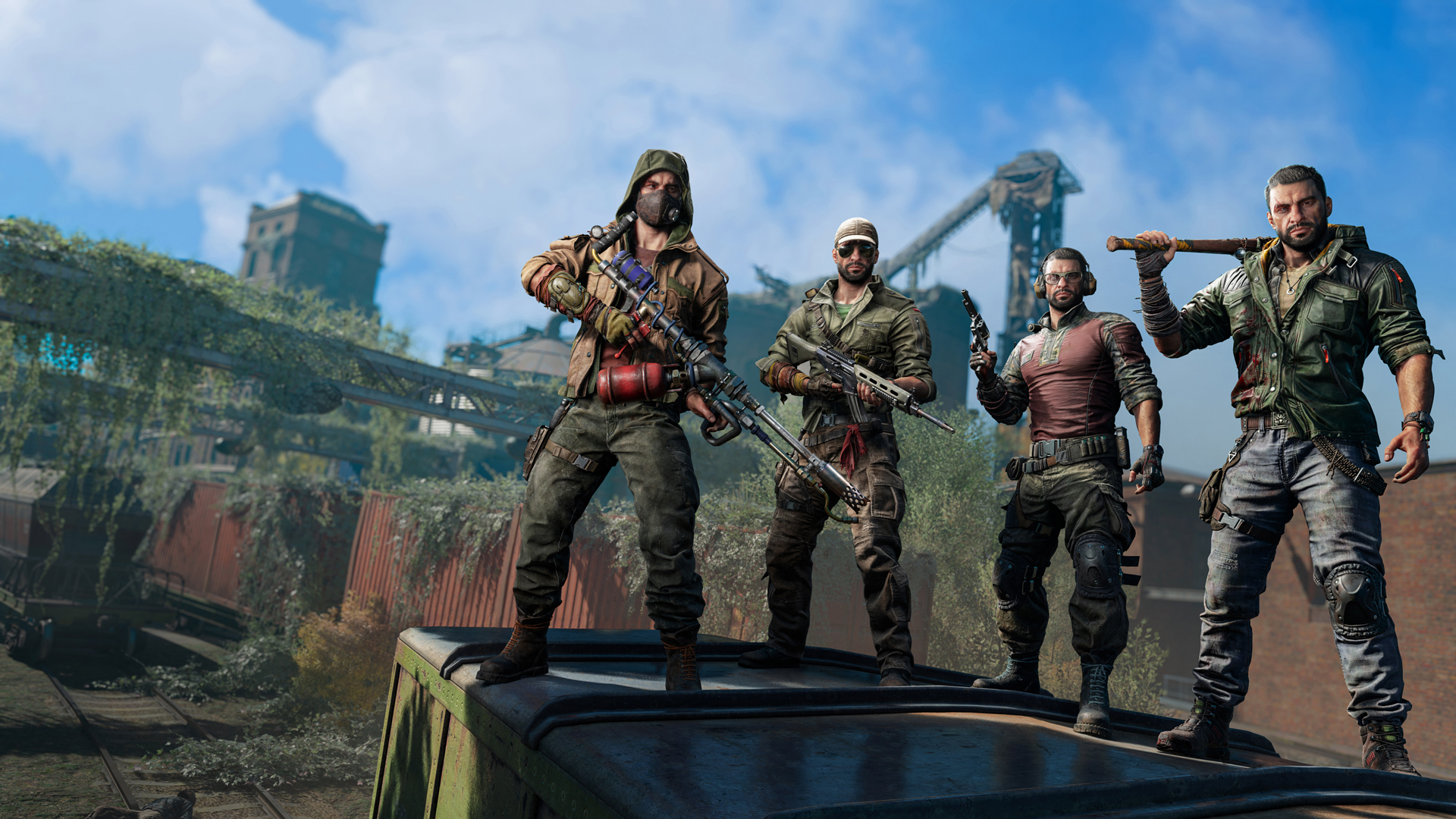
"For an open world game, I think it is kind of on the immersive sim side."
Tymon Smektała
But while a flamethrower is a powerful tool, it doesn't quite measure up to the impervious brawn of Beast Mode.
Smektała calls these "the Hulk moments of the game," and he isn't wrong; the frenzy of going into Beast Mode is exciting and stressful at the same time, the urgency to deal as much damage as soon as possible suddenly the only thing on my mind. So how did the team balance Kyle's arsenal to make sure players don't rely on those powers entirely?
"Of course, [Beast Mode moments] are overpowered by definition, right?" says Smektała. "But the obvious thing is that if you give players something overpowered, then there's a chance it will break the survival horror aspect, which actually is based on you feeling underpowered." To combat that, Smektała feels that the dangers you are up against in The Beast – whether groups of soldiers, zombies, a chimera, or a volatile – make Beast Mode a fair tool to keep in your back pocket. Along with a "super powerful 200-damage melee weapon" and a couple guns, of course.
Everything Smektała says reaffirms that combat in The Beast is about strategy over mindless slaughter, the reactive world of Castor Woods facilitating anything you want to do in it. "I don't want to say that Dying Light is an immersive sim, because maybe it's not on that level yet. But actually, for an open world game, I think it is kind of on the immersive sim side. You see something in front of you, and it's your choice how you will solve it, and Beast Mode adds to that."
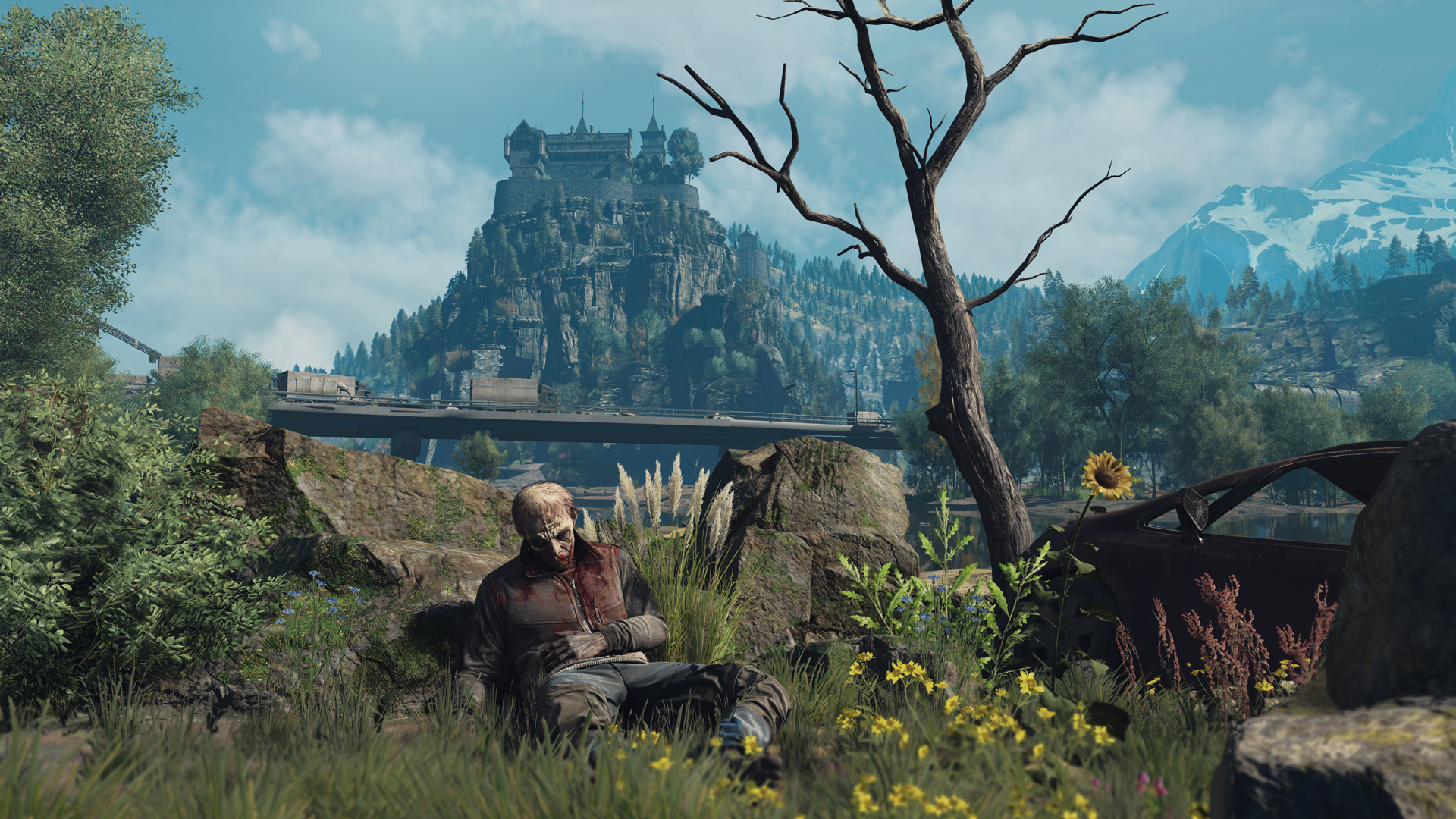
By empowering Kyle rather than underpowering him further after all those years spent being tortured, Techland sees Beast Mode operating on two levels.
First, it's short yet super sweet power fantasy that lasts just a handful of seconds at a time – "sometimes it's just very cool to do have this cathartic moment of like, 'I will fuck you up like you were fucking me up for so long!'," Smektała laughs. But to charge up Beast Mode, you need to put Kyle in danger, offering an incentive for players to engage with the game's scariest content.
"As the zombies keep attacking you, the volatiles keep chasing you, it's getting harder and harder [to cope]. But there's, there's a little hope at the back of your mind that says 'maybe I will actually be able to power up fast enough to earn that overpowered moment?' And so I think it adds another layer of emotions to the survival horror moments."
Looking ahead to Dying Light: The Beast's imminent release, Smektała couldn't sound prouder – even though the game seemed to be choosing its own path at times. "For me, working on game design and game development, a lot of it is based on discoveries. Like, the game kind of discovers itself," he says. "The game tells you what works with it or what doesn't work, and we kind of came to the point where we are [now] through this exploration. We tested it, then we tried to balance it and find a place for it in the whole experience, and the game told us. This doesn't break the survival horror aspect. It actually adds to it."
We're rolling out the blood-red carpet for plenty of upcoming horror games this summer, starting with Dying Light: The Beast
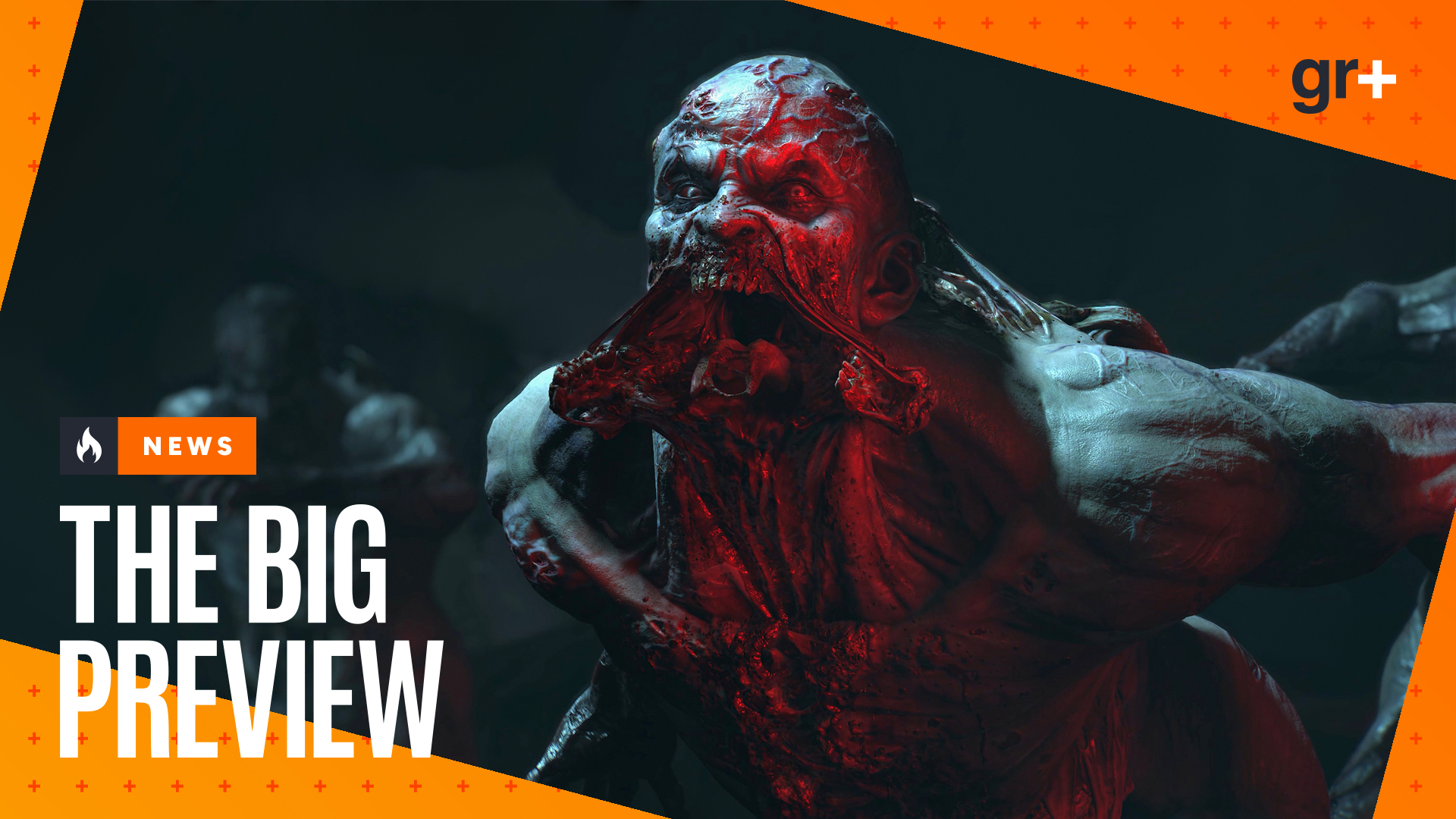
Franchise director Tymon Smektala explains that Techland isn't looking to emulate The Last of Us' philosophical narrative; it's more important for the studio to continue to build on its gameplay
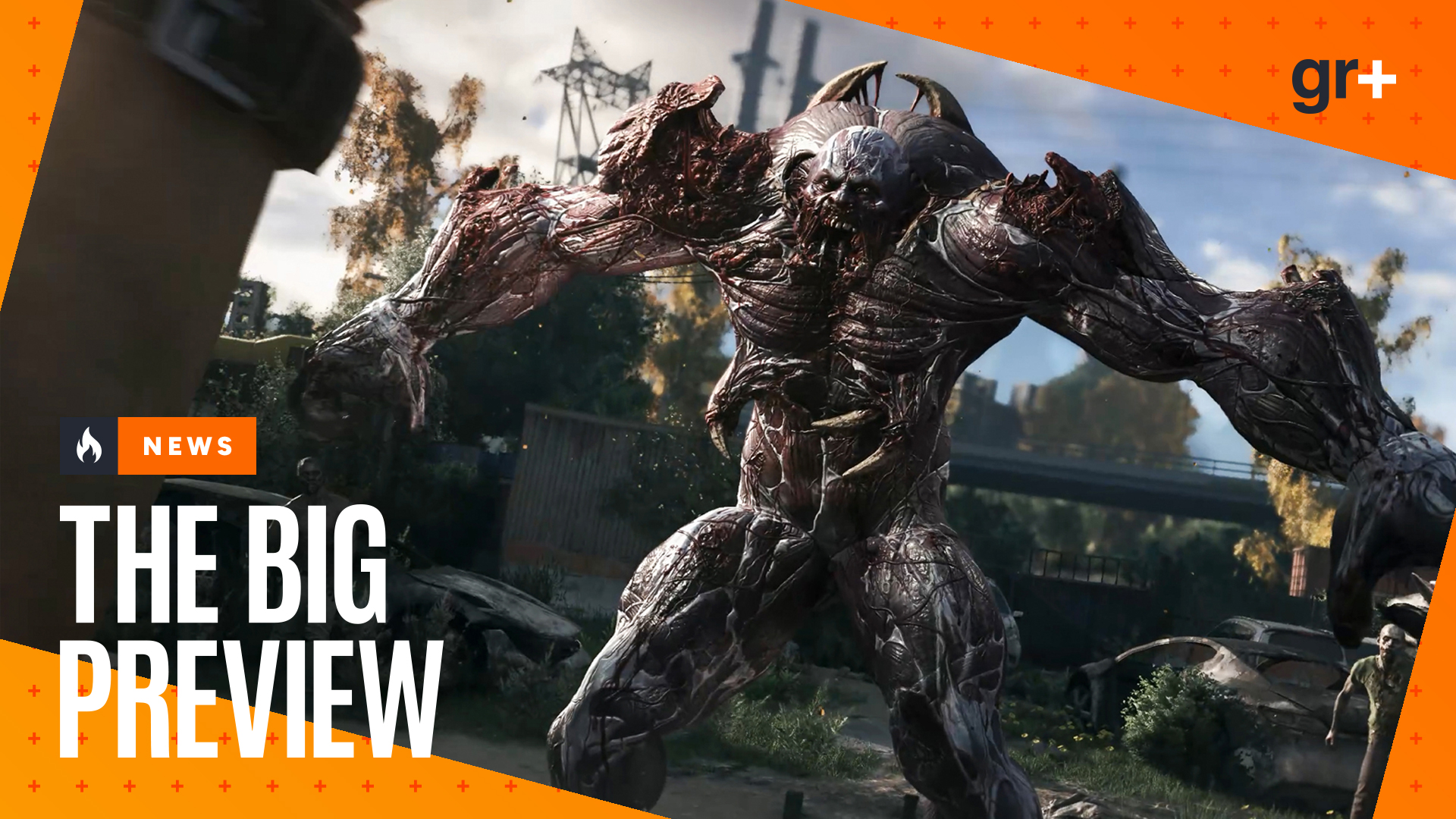
Dying Light: The Beast is just a little bit longer than its devs expected, with about 20 or 30 hours of additional content to top off the 20-hour story according to the franchise director
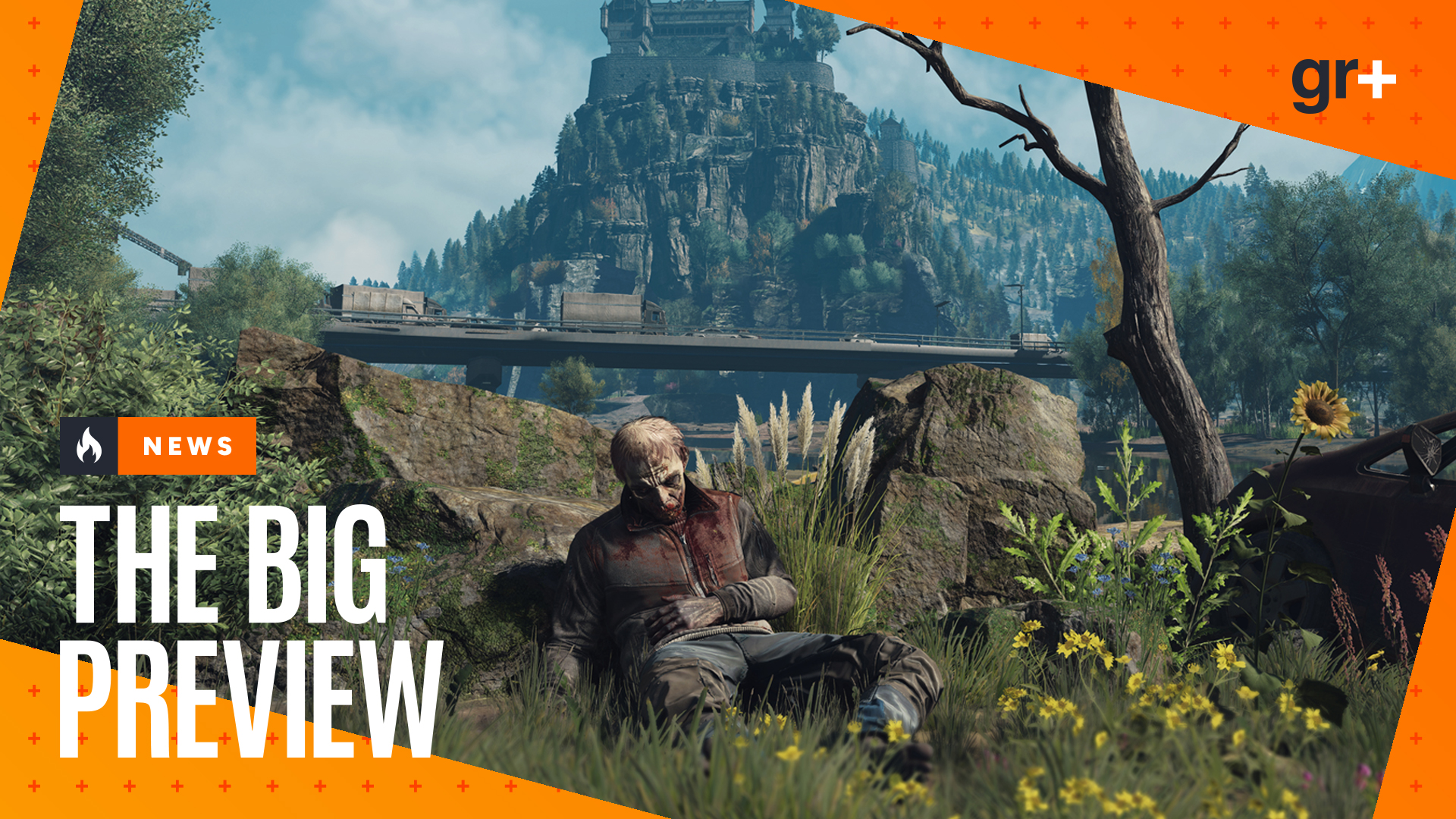
Dying Light: The Beast's franchise director says it'll be worth seeing through to the end, thanks to its final mission's near-perfect playtest scores & canon-defining approach
